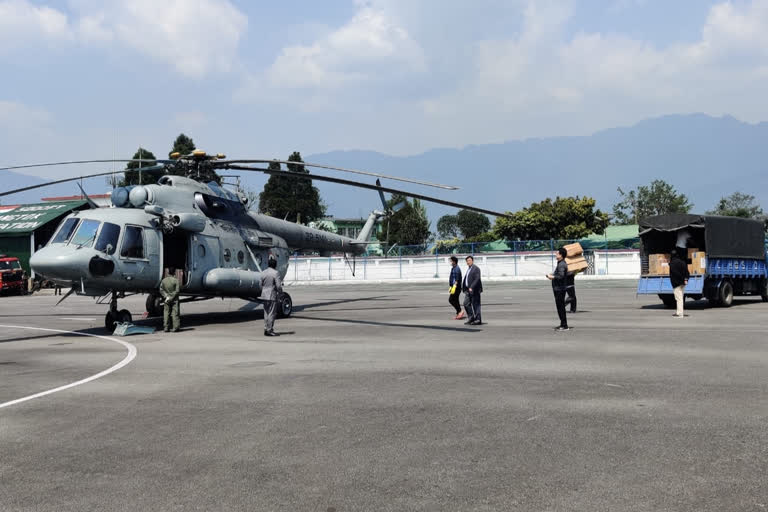New Delhi: With an eye on buttressing its infrastructure in the forbidding terrain on the India-China border of the mighty Himalayas, the Indian Air Force (IAF) is seeking to set up more Advanced Landing Grounds (ALG) or small air bases in forward locations primarily geared for logistics and supply missions.
ALGs can be huge force-multipliers in scenarios like the India-China standoff which is showing no signs of easing amid the approaching winter when land routes to the forward positions get blocked off due to heavy snow. That is when it turns out to be a nightmarish war to maintain supplies and logistics.
Technically while fighter aircraft can operate out of ALGs, these bases are mainly used by transport aircraft and airlifters like C-17 ‘Globemaster’, the C-130J ‘Super Hercules’ or the AN-32s to maintain supplies and transporting of men and heavy equipment.
From the ALG, the ‘last mile connectivity’ to the outposts is usually provided by helicopters.
Just last Friday, Air Marshal Rajesh Kumar, Air Officer Commanding-in-Chief of IAF’s Central Air Command met Uttarakhand CM Trivendra Singh Rawat to request for land to set up an ALG and also to position air defence radar facilities in the districts bordering China.
Also Read: India, China troops within shooting range at Spanggur Gap
Asked to comment on the meeting, a military source told ETV Bharat: “Strengthening the air defence network is a continuous process for the IAF and appropriate measures as required by the ever-changing security scenario is always undertaken. However, these are always part of a larger plan and should not necessarily be taken as a response to the current situation.”
On the brighter side, India already has a network of about 17 ALGs near the China border. While there are 10 ALGs in Arunachal Pradesh, six are in the Union territory of Ladakh, while one is in Uttarakhand.
Also Read: Situation along LAC tense, jawans prepared to face any challenges: Army Chief
A former IAF pilot who has operated on ALGs, told ETV Bharat: “ALGs are for pushing supplies. So the more the number of bases, the more number of points to push in supplies to the ground forces, so the stronger one is positioned particularly in high-altitude, hostile, and oxygen-scarce geography along the LAC.”
“IAF’s large number of China-centric ALGs and bases also allows the spreading and scattering of air assets,” the IAF veteran added.
On the other hand, China’s PLA Air Force (PLAAF) has four India-centric air bases at Hoping (Xigatse), Kongka Dzong (Lhasa), Linzhi (Nyingchi), Pangta, Shiquanhe and Bayixincun.
Also Read: Military tribunal stays action against 2 IAF officers in Mi-17 shooting case



